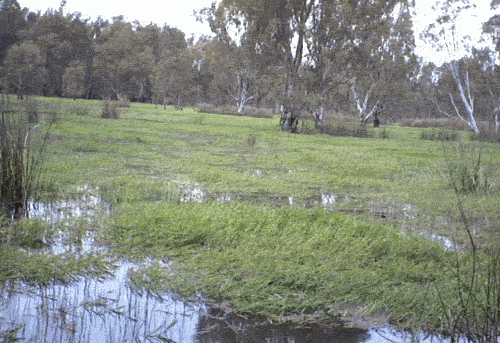THE SITUATION: Barmah Forest is the largest River Red Gum forest on Earth. It is an internationally recognised wetland on the Murray river in northern Victoria. Thousands of egrets, ibises, herons, spoonbills, ducks and swans (phew what a list!) congregate here to nest and raise chicks. It also one of the last strongholds of Moira grass in Victoria.
Moira grass is an essential part of the ecosystem. It quietly recycles organic and inorganic matter back into living matter, providing food and habitat for birds, turtles, frogs and fish. But Barmah has been starved of water for decades due to over-extraction of water for irrigation and climate change. As a result both bird numbers and Moira grass cover were in freefall – today it has dwindled to less than 4 percent of the area it covered just a century ago.
THE ACTION: Since the Murray-Darling Basin Plan came into effect, steps have been taken to address the overuse of water and restore some balance to these ecosystems. As a result, more water is now reaching Barmah Forest and helping the Moira grass grow and regenerate.

Moira Grass growing in Barmah forest. Credit: Goulburn Broken CMA
THE WIN! Moira grass has responded well to the extra water and for now extinction has been averted. However feral horses, who find the grass quite tasty, are still a problem, and their removal will be crucial to the long-term survival of Moira grass and the wetland ecosystem.